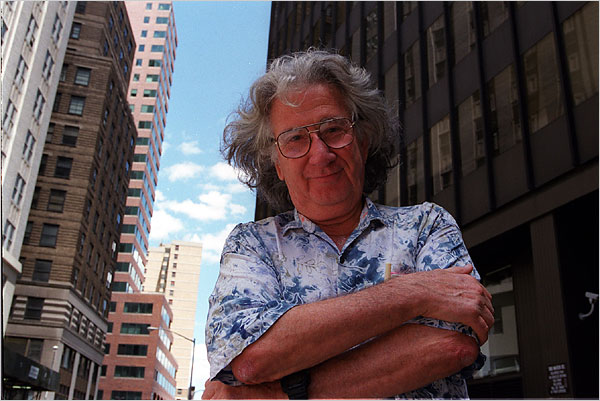Image theatre begins with movement to achieve a static result. Participants are asked to 'mold' and 'sculpt' their own bodies or those of others into individual representations of a particular situation, emotion, or idea, and then move into a group and re-form the images they have created to form a picture or 'image'. Boal's philosophy behind this form of theatre is that the body is the first and primary method of expression, and by using the body rather than speech, the normal 'blockades' and 'filters' of thought can be bypassed. Boal encourages the participants to immediately create an image rather than think about it, as thought would defeat the purpose of expressing raw, unrefined perceptions on an idea or issue. Generally, this form of theatre is also used to express oppressions.
Image theatre is also dialectic, as those who view the image created are also able to sculpt the bodies of the participants to portray their opinions on the issue. This process is repeated until a general consensus is found, in which all are content that the image is an accurate representation.
In keeping with Boal's philosophy of theatre for empowerment, the 'ideal image', in which the oppression is overthrown, may also be created. This is followed by an 'image of transition' between the reality of the oppression and the ideal image, to encourage insight into ways of overthrowing the oppression in reality.
Image Theater includes a variety of workshops designed to develop individual skills of observation and cooperative group interaction. In Image Theater, the body is used to create images that help participants explore power relations and group solutions to concrete problems.Some of the most widely used workshops in the image theater repertory include:
Cop-in-the-Head: an introspective technique used to recognize and confront internalized forms of oppression. The workshop begins with someone recounting a personal experience of oppression, and then gradually goes from the particular to the general. In the end, the group, and not the original story teller, has become the protagonist.
Rashomon: an improvisatory technique inspired by filmmaker Akira Kurosawa's study in multiple perspectives. It is used to highlight the role of perception in the creation of the “Other,” and is specifically designed for the study of rigid patterns of perception that give rise to distorted, incomplete, or mistaken impressions of others, and ultimately hatred, in closed, recurring situations.
Monday, December 7, 2009
Subscribe to:
Post Comments (Atom)

okay
ReplyDelete